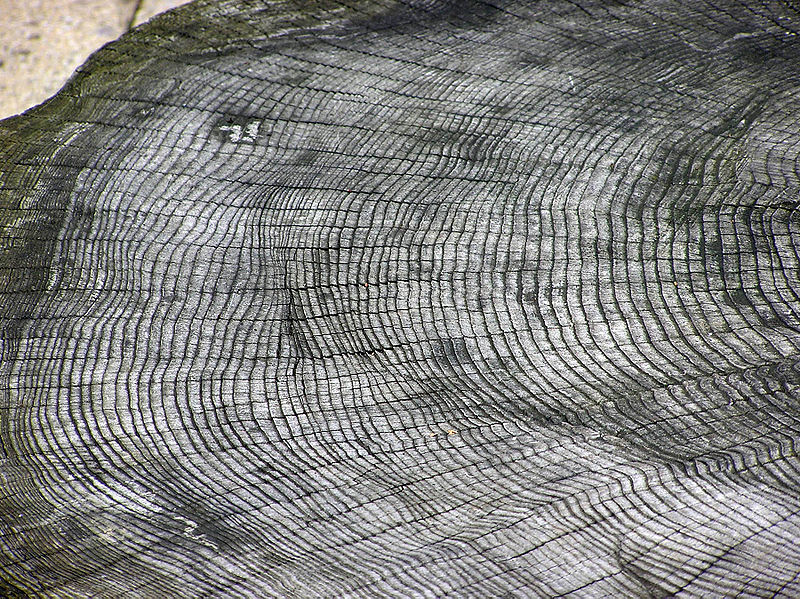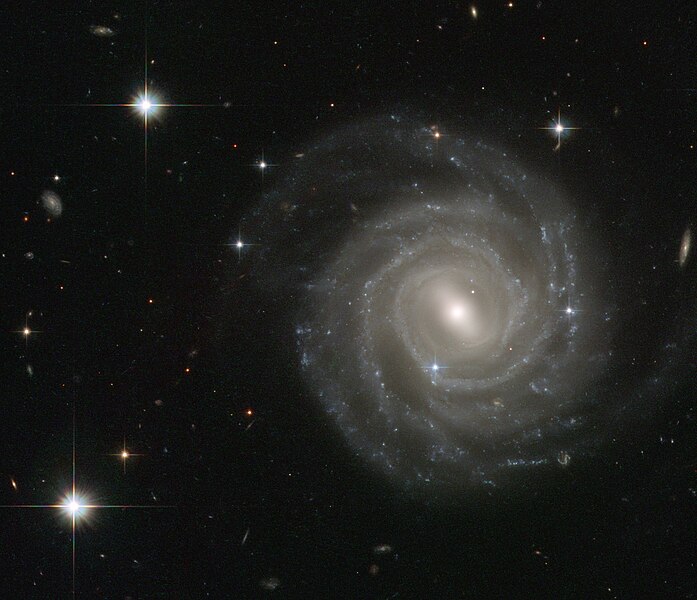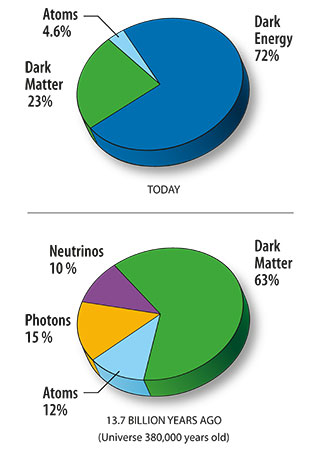Butterflies
by
Kenny A. Chaffin
You're
a butterfly
And butterflies are free to fly
Fly away, high away, bye bye
-
Bernie Taupin
Flickering,
floating, flying - a river of orange and black as far as the eye can see slips silently
from horizon to horizon. The Monarchs are on the move. Their annual migration
from Canada to Mexico takes them thousands of miles along well established
routes inherent in their genes. Many who begin the journey will never finish it,
yet their progeny will continue to follow these same routes year after year,
generation after generation.
Their
multi-generational journey covers as much as 3000 miles. Those born in the winter
mountains of Mexico traverse only a part of the journey north into the southern
United States before mating, laying eggs and dying. Those eggs hatch into
caterpillars that eat, grow and transform into butterflies to continue the
journey north flying the next leg of the migratory path, followed by another
generation who finally reach the northern extent of the Monarch’s range in
Southern Canada and the Northeastern United States. Here at the end of their
northward journey they once more mate, lay eggs and die. The grubs of this
fourth generation grow and transform as before, but this generation is
different, it will make the complete 3000 mile trip in a single generation. These
southbound butterflies have never made this journey and are three generations removed
from those that have, yet they follow the same routes to the same winter
habitat in Mexico. It makes one wonder what each butterfly knows if anything of
the journey as a whole. Clearly they are following their instincts but we simply
do not understand how or why they make their incredible journey. The butterfly lifecycle
alone is fascinating; the grubs eating, growing, shedding their skins and
growing more and then the caterpillars spinning and building a chrysalis,
transforming and emerging as an almost entirely different species. Of course the caterpillars and butterflies
are not different species, their genes have not changed and the vestigial wings,
organs and body are all there in the caterpillar. Even so, it is one of the
most amazing transformations in the animal kingdom.
By
our best estimates life on Earth began some 3.5 billion years ago, less than a
billion years after the formation of the Earth and after ‘only’ an additional 2
billion years multi-cellular life appeared. Because there are no fossils of
this early life the estimates and processes are very much unknown and are
derived from secondary information such as the beginning of photosynthesis,
oxygenation of the atmosphere, geological deposits, DNA, RNA, and other
evidence. It is further hypothesized that even the original single-celled life
of 3.5 billion years ago was preceded by various abiogenesis ‘experiments’ until
one of those experiments resulted in RNA or something like it that was capable
of replicating itself. We do know this early life transformed the planet in a
complete make-over by creating an oxygen rich atmosphere from the early ammonia
and methane atmosphere. And of course none of this happened smoothly. There was
a major cooling event 650 million years ago referred to as Snowball Earth
wherein the entire planet more or less froze over as seen in the fossil and
geological records. Life survived, but the deep freeze definitely put a crimp
in its forward momentum. Then about 100 million years later there was an
EXPLOSION! The Cambrian Explosion of 530 million years ago resulted in a vast
plethora of life forms, species, and all manner of new creatures. Then in the
virtual blink of an eye, vertebrates appear at 350 million years ago, dinosaurs
at 250 million years ago and of course their demise 65 million years ago due to
the Chicxulub asteroid.
Despite
setbacks life continued to plod along; to shift and change and evolve as the Earth’s
climate varied and as its continents drifted and shifted. Life was indeed good! Then some 2 million years ago humans burst upon
the scene to wreak havoc on the planet which we’ve been very successfully at
ever since.
It
was many years after our first genetic ancestor that the modern human evolved –
some 200,000 years ago. We like all species used the tools
provided to us by the evolutionary process – primarily our brains, our ability
to think symbolically, and our self-directed need to survive. We learned and
passed down lessons to our children and our clan-mates. This ability gave us a
major competitive advantage and of course we continue to use it despite on-going
skirmishes between tribes.
We
learned to control fire, to fashion stone and then steel weapons. We learned
how to grow food; How to trade and barter and to band together in groups of
common interest. We have spread ourselves across the globe and we build our
machines and fortresses that dominate the world. We travel swiftly and easily
from one end of the Earth to the other with never a thought as to the miracle
we have created. We reach out into space with our probes and our machines. We
launch our eyes into the sky to monitor ourselves (and our enemies) and to peer
into the depths of the universe.
While
time itself seems to be moving at increasingly faster rates from a
technological perspective the universe is much, much older and seemingly
never-ending. The vast distances are almost incomprehensible. Our human journey
so far is nothing compared to the age and size of the universe. Our best measurements
say the universe is 13.7 billion years old and some 93 billion light years
across. If we could traverse it at the speed of light it would require 20 times
as long as our entire history, including the formation of the Earth itself, the
emergence of life and the evolution of humanity. It’s mindboggling to think
that solar systems could have formed and produced intelligent life some 20
times during the course of a single crossing of our universe.
A
milestone was recently reached by two of our early space-probes. Voyager 1 and
2 are about to leave our solar system. They are currently some 11.1 and 9.1 billion
miles from Earth respectively approaching the ‘leading edge’ of our solar
heliosphere and about to enter interstellar space. Some think there will be
turbulence at this boundary, their instruments will tell us, but due to the
distance we will only know 17 hours later. The Voyagers have proven to be quite
amazing machines. They were launched in August (Voyager2) and September
(Voyager 1) 1977 and have been operating almost flawlessly for 35 years. The 17
hours their signals take to make the one-way trip means that it requires over a
full day to issue a command and get a confirmation back. They are powered by
radioisotope fuel cells which are expected to continue working for perhaps
another decade before fading away. We’ve already reduced power consumption on
the craft as much as possible in order to extend their operational life.
Just
as astounding as the Voyagers are our twin Mars rovers. While Spirit finally
succumbed to the Martian winter in March 2010, Opportunity continues to extend
its mission (now well into 2013). The Mars Science Laboratory – Curiosity landed
using a quite complex landing procedure in August 2012. It has provided much evidence supporting the
belief that conditions may have been conducive to life in Mars’ ancient past
and has begun its primary mission, a trek up Mount Sharp. Curiosity is our most
advanced rover yet, five times ‘larger’ than Spirit or Opportunity with ten
times the mass of scientific instruments. It is about the size and weight of a
small terrestrial car. Its planned mission is for one Martian year (23 Earth
months), but if our past probes are any indication, we may get much more. As is
always the case with our space missions, each is built upon knowledge gained
from those that have gone before and using the latest and greatest technology
and instruments to provide additional data and ever enhanced experience for constructing
our next probes. From each mission we learn, we adapt, and enhance subsequent
missions. Always at the core of our probes and rovers are increasingly powerful
computing systems, able to survive brutal conditions, capable of error
correction and self-repair and with increasing speed, storage and communication
abilities as well as ever more sophisticated software and operational
capabilities. This autonomous operating capability is increasingly important as
we reach further into space and into unknown situations where our rovers and
probes must behave in a manner to protect themselves and to continue their
missions even when out of touch with Earth.
Back
on Earth there has been an amazing rise of computing capability. Moore’s law says,
‘the number of transistors that can be placed
inexpensively on an integrated circuit doubles approximately every two years’ and
continues to hold. That in itself does not say much but based on this
increasing capability of our computer chips we have increased our software
capabilities even more so. Today we have computers in our pockets that have
significantly more power than the mainframes of the mid-20th century
when the space race began. IBM recently announced their latest supercomputer
built for the Department of Defense which brings the title of world’s fastest
supercomputer back to the United States. The Blue Gene/Q supercomputer called
sequoia at the Lawrence Livermore National Laboratory has 1.57 million Power
cores and operates at 16.32 petaflops per second, outdistancing Fujitsu’s K Computer
and its 10.5 petaflops. A petaflop is a measure of a computer’ s processing
speed and is a thousand trillion floating point operations (such as 13.654 x
11.5) per second. This, like the vastness of the universe is a number hard for
mere mortals to comprehend. Also it is difficult if not impossible to compare
computer processing and human brain processing because they work in such vastly
different manners but, estimates are that the average human brain has about 100
million MIPS (million instructions per second) worth of processing power.
Dharmendra Modha, director of cognitive computing at the IBM Almaden Research
Center has said, “We have no computers today that can begin to approach the
awesome power of the human mind. A
computer comparable to the human brain would need to be able to perform more
than 38 thousand trillion operations per second (38 petaflops) and hold about
3,584 terabytes of memory.” This is more than twice the capability of the
Sequoia supercomputer mentioned above. Modha believes that we will be able to
simulate some of the workings of the human brain by 2018 – only six years away.
Keep
in mind these supercomputers are still quite unwieldy and require significant
support in cooling, electricity, etc. but as we continue to expand our
computing horizons and advance the technology there may come a day when we can
place this kind of capability in our space probes.
It’s not only
computing power that has grown but connectivity and capability as well. Google
along with a number of websites such as Wikipedia and You-Tube, have all but
replaced the encyclopedia and reference library. And not only that, they are becoming
increasingly easy to use. Google already does a reasonable job of interpreting
queries but its engineers are working to enhance its natural language
processing which will soon make it almost as easy as asking questions of a
colleague. Natural language processing is rapidly growing and Apple recently
added Siri, its natural language processor to the iPhone.
In an even more
impressive feat IBM has demonstrated its Watson computer which was trained to
play Jeopardy! and to compete in an actual Jeopardy! game against the two
all-time human champions. The outcome was far from assured, but Watson succeeded
in defeating his human competitors. It did this by using some very clever
natural language processing and automated learning techniques. Standard
Jeopardy! questions were asked and Watson had to read and interpret the
question as well as determine the solution (in the form of a question). This
was particularly tricky because Jeopardy! questions often include subtle, even
twisted, word meanings and idioms that the natural language processing software
had to understand in order to answer correctly.
All
these advances in computer technology bring us closer to being able to mimic
the human brain and give our machines thinking and reasoning capabilities ever
closer to our own. One might ask is that the reason we do this. Are we trying
to replicate ourselves? Or is it just another aspect of our drive to explore,
learn and evolve?
We
might ask the same of our space exploration, our technologies, our societies, are
we driven to explore, to reach out, to grow, to learn? Or is there something more
to this and all of our human activities, building governments, societies,
recording history, exploring everything from quantum mechanics to cosmology?
Carl Sagan once said, “We are a way for the cosmos to know itself.” And that
certainly may be the driving force behind our human endeavors, but given our
extremely brief existence – a few thousand years of recorded history compared
to the 13.75 billion year old cosmos – what do we know of our journey. Are we humans
like the Monarch butterfly, only one leg of a vast cosmic journey? Are we
caterpillars in Earth’s cocoon building machines in our likeness, embodying
them with our own intelligence, our knowledge, our capabilities, in essence
becoming them in order to reach out, to explore and to take that next step in
our journey, as butterflies to the stars.
About the Author
Kenny A. Chaffin writes
poetry, fiction and nonfiction and has published poems and fiction in
Vision Magazine, The Bay Review, Caney
River Reader, WritersHood, Star*Line, MiPo, Melange and
Ad Astra and
has published nonfiction in
The
Writer, The Electron, Writers Journal and Today’s Family. He grew up in
southern Oklahoma and now lives in Denver, CO where he works hard to make
enough of a living to support two cats, numerous wild birds and a bevy of
squirrels. His poetry collections
No
Longer Dressed in Black,
The
Poet of Utah Park, The Joy of Science, A Fleeting Existence, a collection of science essays
How do we Know, and a memoir of growing up on an Oklahoma farm -
Growing
Up Stories are all available at Amazon.com:
http://www.amazon.com/-/e/B007S3SMY8. He
may be contacted through his website at
http://www.kacweb.com.








